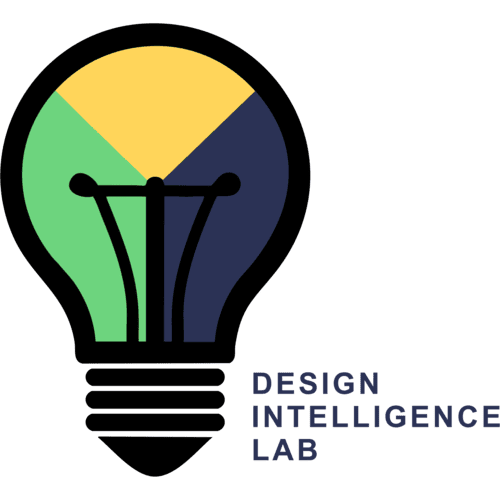Abstract
Design is a cognitive activity that adds much economic, social and cultural value. Creativity is a desired core competency of individuals and organizations alike. It follows, then, that design and creativity are, or ought to be, among the main goals of learning and teaching. However, we do not fully understand the connections between design and creativity on the one hand, and between learning design and creativity and teaching design and creativity on the other. How, precisely, can design and creative capabilities be promoted in formal and informal education? What are the principles for generating activities and curricula that promote creative design? What scaffolding do learners need to become more creative and to learn to design? How can responsibility for scaffolding be distributed between teacher, peers, and computing technologies? The articles in this special issue begin to address the broad issues listed above, taking into account what we know about the reasoning involved in creative design, cognitive and socio-cognitive theories of how people learn, and the affordances of hardware and software technologies. The six papers in this issue answer four core questions: What can we infer from constructivist and socio-constructivist theories of learning about how to help youngsters learn to design and solve problems creatively? What social constructivist practices can be used to promote learning to design, and especially learning to design creatively? How may theories of design, creativity, and creative design inform these practices? How can interactive technologies be exploited to promote such learning?
Creative Design: Scaffolding Creative Reasoning and Meaningful Learning
